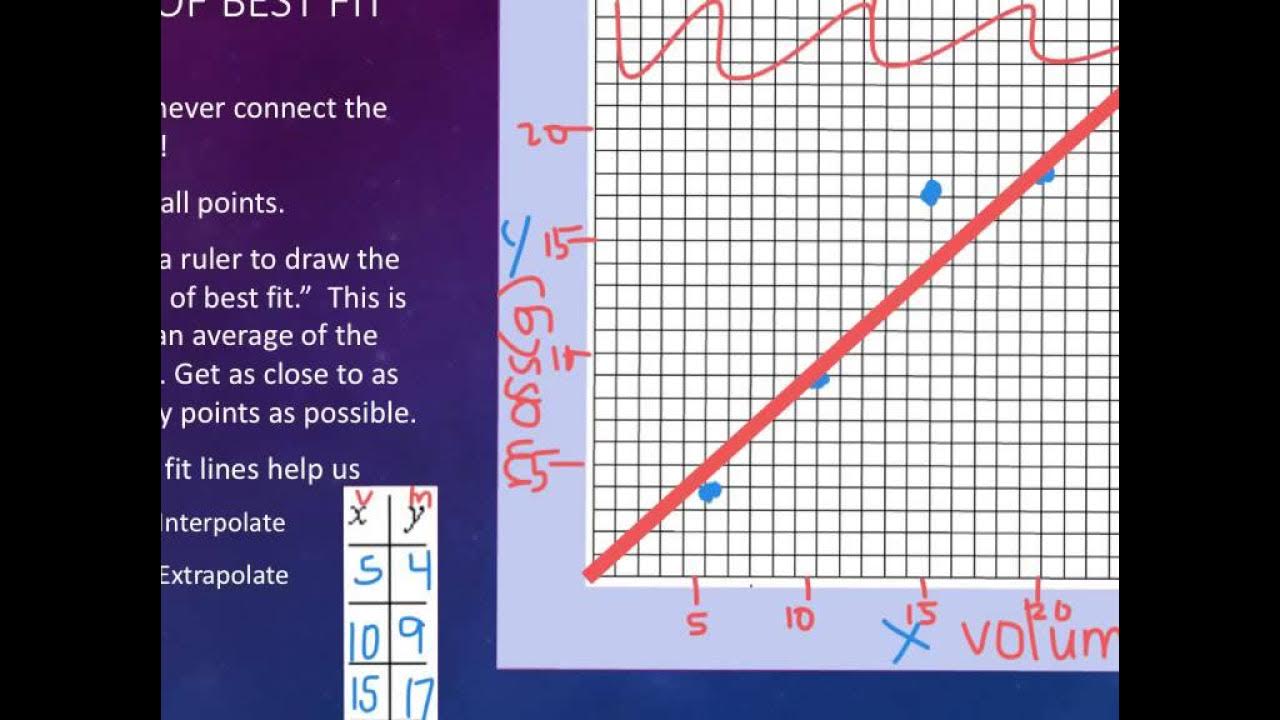Newton's Advancing Difference Method of Interpolation and Extrapolation
Summary
TLDRIn this video, the Newton's Advancing Difference method for interpolation and extrapolation is explained. The method is introduced as a solution to the limitations of the binomial expansion method, particularly for finding missing values in a given x series. Using practical examples, such as estimating life expectancy at age 26, the video illustrates how to apply this method step-by-step, including finding leading differences and using the formula. It also covers the preparation of data for specific cases like calculating the number of workers earning below a certain wage, emphasizing the utility of Newton’s method for precise interpolation.
Takeaways
- 😀 Newton's advancing difference method is used for interpolation and extrapolation, especially when x-values are not part of the given series.
- 😀 The binomial expansion method requires common differences in x-series and x-values to interpolate must be part of the series.
- 😀 Newton’s advancing difference method is the preferred approach when interpolating or extrapolating for x-values that don't exist in the provided x-series.
- 😀 In the example, the method is used to find the life expectancy at age 26, even though it’s not part of the original data set.
- 😀 The formula for Newton’s advancing difference method involves using leading differences, starting with the first leading difference (Δ₁) and moving through higher-order differences.
- 😀 The process begins by calculating the difference between adjacent y-values to create the leading difference table.
- 😀 The formula for calculating x is: x = (X - X₀) / h, where X is the value to be interpolated, X₀ is the first x-value, and h is the common difference.
- 😀 The leading difference table helps calculate successive differences for interpolation by subtracting adjacent values in the y-series.
- 😀 For interpolation, we substitute the values of x and the calculated differences into the Newton formula to find the desired y-value.
- 😀 In the example problem, after applying Newton's formula, the interpolated life expectancy at age 26 is approximately 27 years, rounding the value of 26.48.
- 😀 The Newton's advancing difference method can be applied to other problems, such as calculating cumulative frequencies in frequency distribution tables for non-standard class intervals.
Please replace the link and try again.
Outlines

This section is available to paid users only. Please upgrade to access this part.
Upgrade NowMindmap

This section is available to paid users only. Please upgrade to access this part.
Upgrade NowKeywords

This section is available to paid users only. Please upgrade to access this part.
Upgrade NowHighlights

This section is available to paid users only. Please upgrade to access this part.
Upgrade NowTranscripts

This section is available to paid users only. Please upgrade to access this part.
Upgrade NowBrowse More Related Video

La régression linéaire, quelques explications

Graphing Guide for chemistry

S. Y. B. SC. (Comp.Sci.) (Paper - II: Numerical Techniques) Ch1-Algebraic & Transcendental Eq.(Lec1)

Fixed Point Iteration Method Intuition | Numerical Methods

[UT#26] Construction des polynômes interpolateurs de Lagrange

#16 Property Binding | Angular Components & Directives | A Complete Angular Course
5.0 / 5 (0 votes)